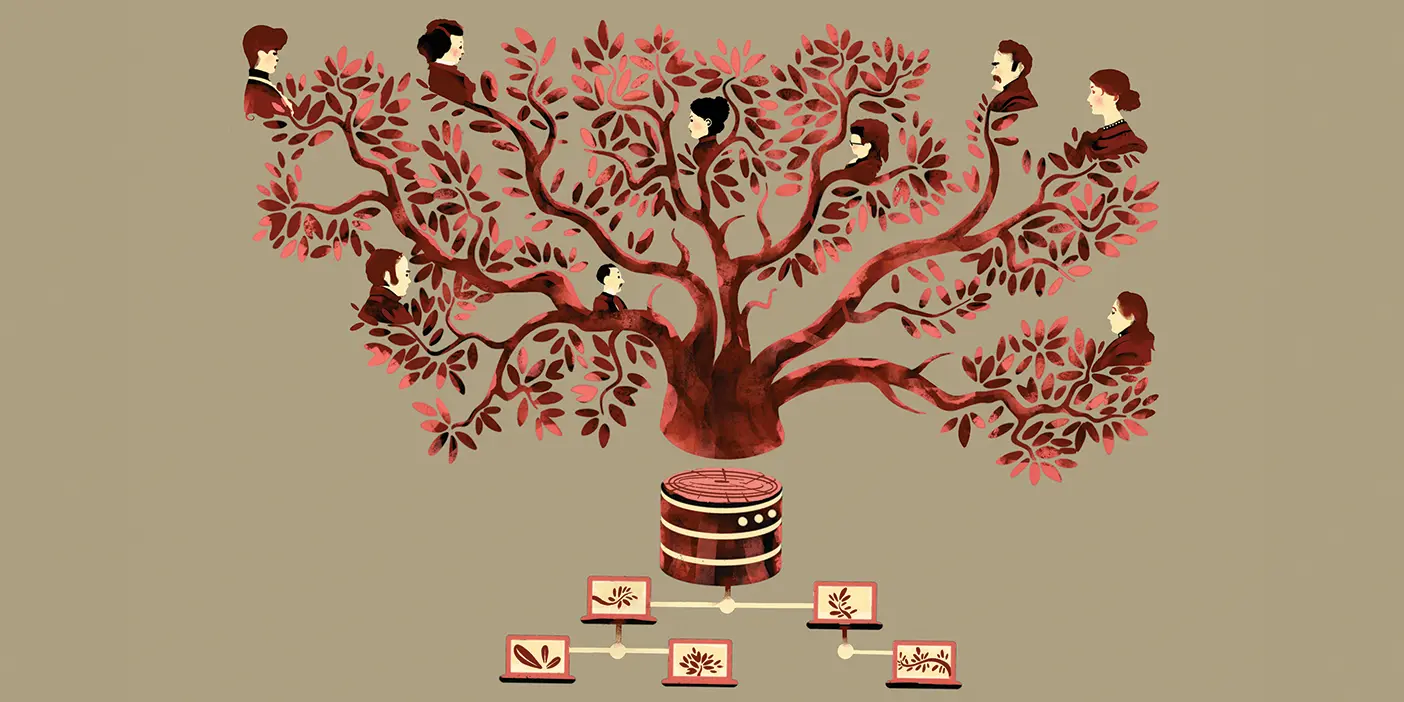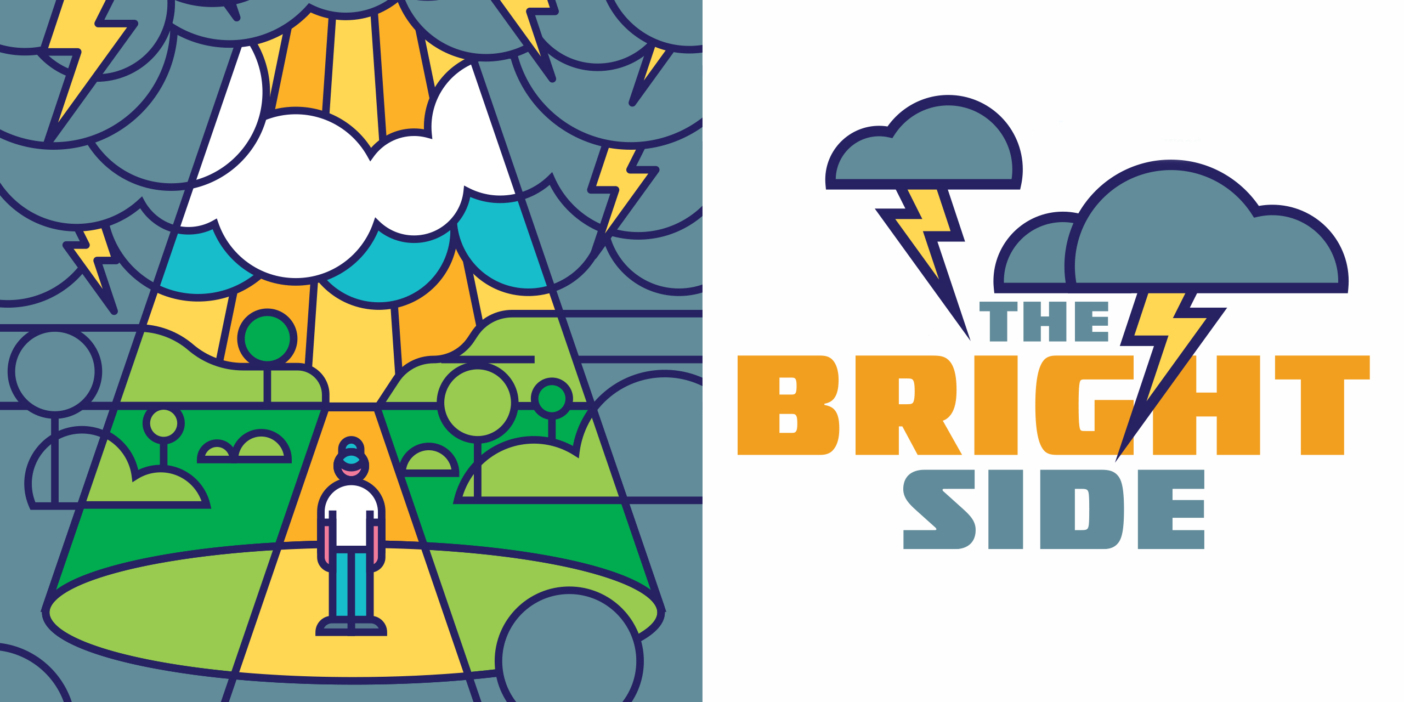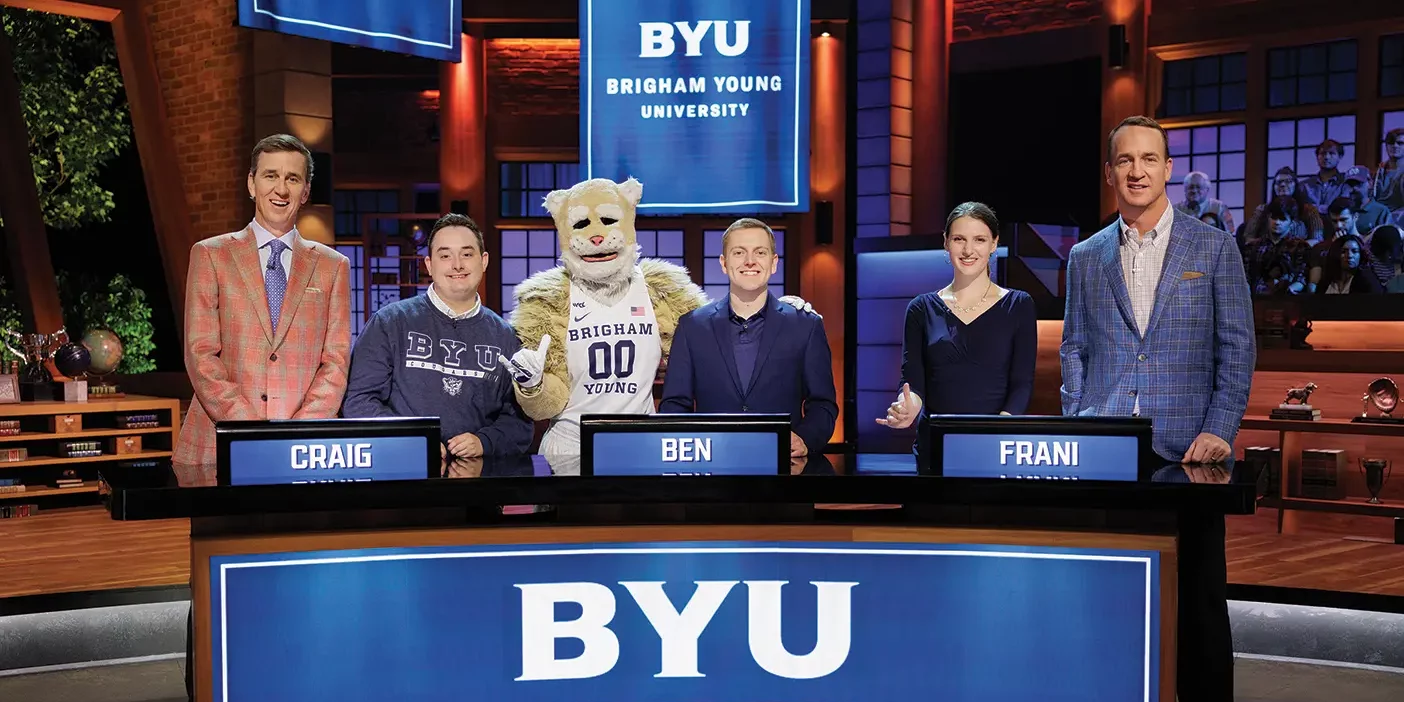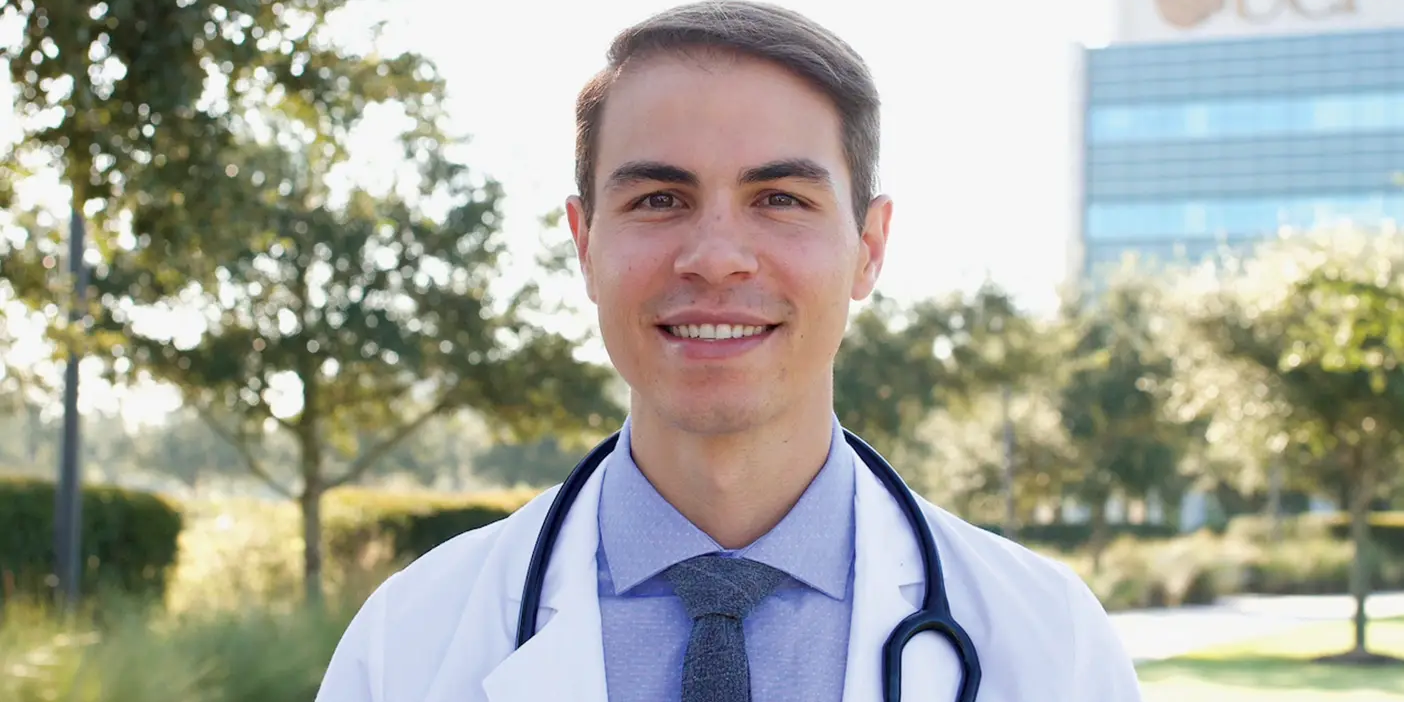
When BYU economics professor Joseph P. Price (BA ’03) first tried his hand at family history, he spent 20 hours searching in vain. He figured his tree must be “all done” until he found a name—“a son that had been missed.” He took that name to the temple the same day and performed all the ordinances. “It just changed me,” he recalls.
And now Price is changing how we do family history research. In 2016 Price formed BYU’s Record Linking Lab (RLL), where 50 undergrads use advanced technology to hasten family history research and contribute to academic studies. Here are some of their recent projects:
Indexing Made Easy
Traditional indexing can be tricky. The RLL, in collaboration with the Family History Technology Lab, makes it simpler through a machine-learning approach called Reverse Indexing. A computer transcribes census documents and displays 12 instances of the same word (like a last name or occupation) on a screen. An indexer’s only task is to identify words the computer got wrong. And with each correction, the computer improves and indexing gets easier.
“For me the gathering”—including missionary work, reactivation, and family history—“is one work,” says Price. And it is for everyone. “My daughter, when she was age 6, could actually do this,” he adds. One seminary group in Arizona verified 32 million names. Soon inmates will join the effort as the RLL and FamilySearch plan to send 500,000 tablets into the prison system.
Finding All Families
At a campus activity using the Relatives Around Me feature on Family-Search, Price saw that many African American students had no traceable relation to other students. His team found the disconnect: “the percentage of African American families in the 1910 census that had a profile on FamilySearch was 4.8 percent,” notes RLL student Kevin E. Richins (’24). This means that there were gaps that prevented connecting families. But through automatic technology that scans FamilySearch and fills in missing records, the RLL has increased the percentage to 99.7.
Making Connections
The RLL is making contributions beyond family history and into academia. Price calls the RLL “a way of me combining a passion I have for family history with the work I’m trying to do as a professor.” His team is building a Census Tree that links together all 188 million people who lived in the United States from 1900 to 1940. On track to be completed this year, it will be a significant tool for researchers in sociology, demography, public health, and economics.












